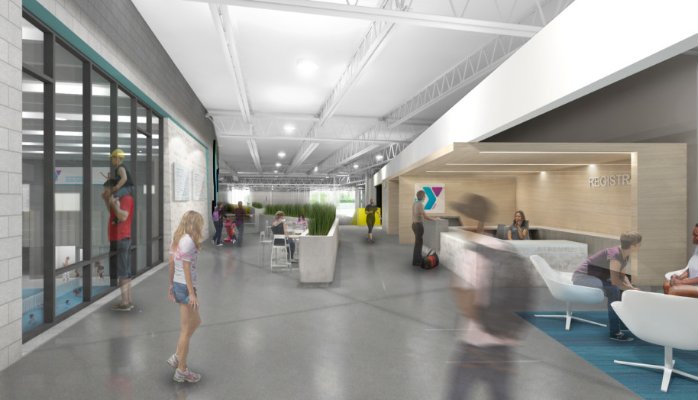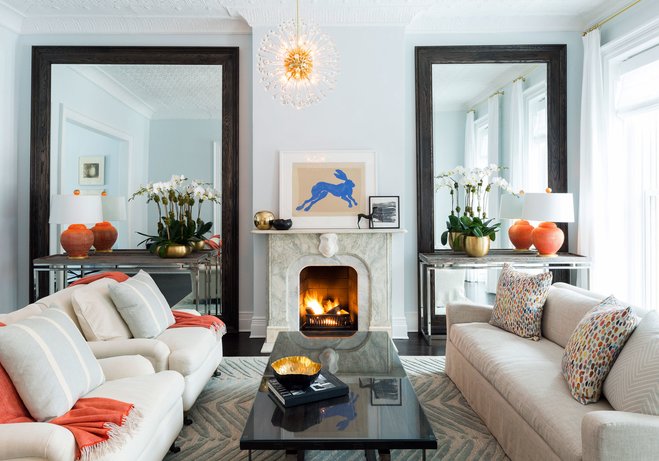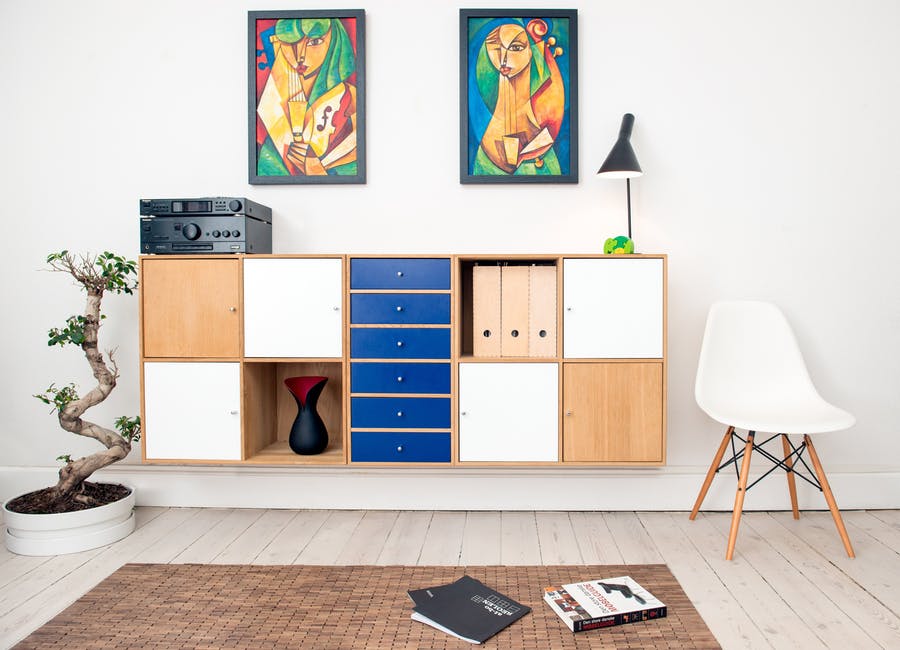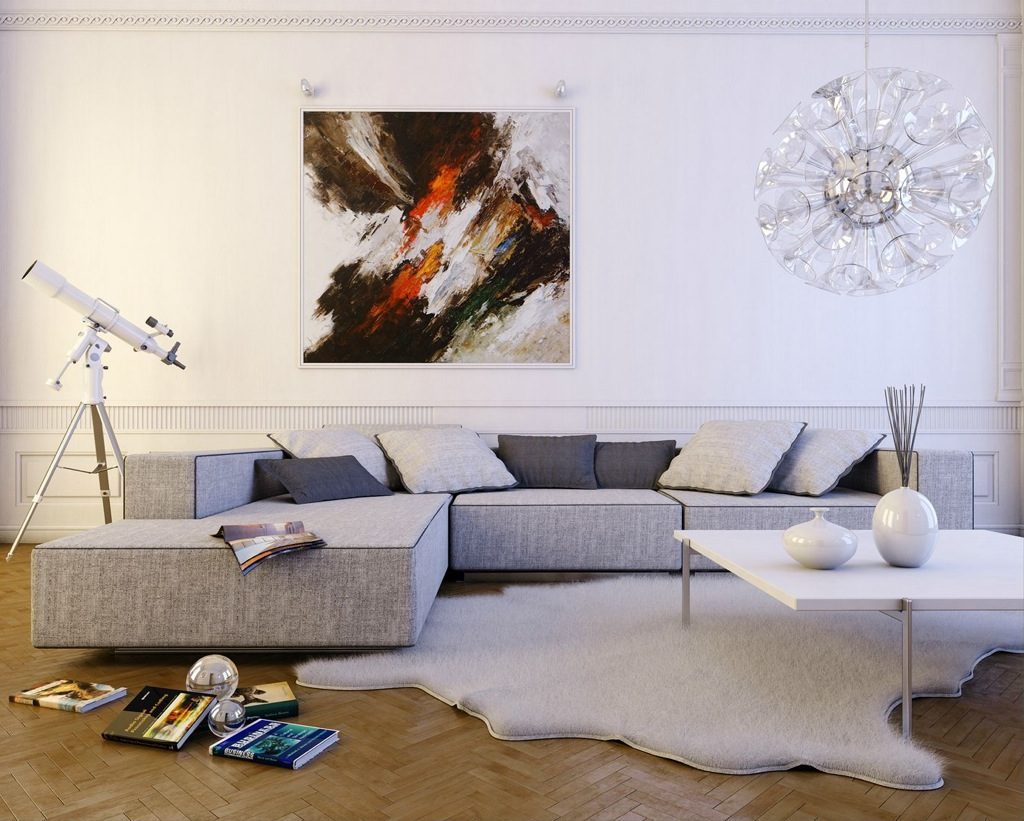
If you’re like many people, you don’t think much about interior design. Interior design is for people with an interest in drapes and couches. It’s for shallow people who care too much about appearances, or for artsy people who get excited about aesthetics. It’s not for you – or, at least, that’s what you think until you try to get some work done in a bad office environment or try to get comfortable in a shabby hotel room.
The fact is that interior design is for everyone. You may not always notice it, but interior design affects your life every day. It changes how you feel when you wake up and look around your room. It affects how grumpy you are as you try to assemble your breakfast. It helps determine how productive you are at the office. It changes your experience at the restaurant you eat dinner at. It affects how comfortable you feel as you fall asleep again in your room. And it will determine whether or not you stub your toe when you get up at night and go to the bathroom (who thought it was a good idea to put a chair here?).
Interior design’s subtle power affects everyone, so it’s wise to familiarize yourself with the basic principle.
Form and function

Why “Thoughtful” Interior Design Matters
Interior design isn’t just about drapes. It’s also about the furniture you choose for your space and how you arrange it. When you think about this, it’s clear just how important interior design is.
Think about your office environment and the furniture that fills it. Have you ever stolen a co-worker’s chair and replaced it with yours? That upgrade was an interior design choice on your part (and a particularly moral one). Similarly, interior design choices affect how quickly you can run to your boss’ office when he or she is mad. Are there desks in the way? Pillars?
Function is key to interior design, and that means you need to get the flow of a room right. Walk through your space and trace the steps of your most common routes. Is it easy to get from your bed to the bathroom? To the dresser? Think about how a room is used. Is your living room furniture arranged well for conversation? Is something blocking your bookshelf or your view of the TV?
Try different combinations, and remember that not everything has to be pushed up against the wall – especially in large rooms. If you can, try to create a way to walk throughout the room without significant dead ends. Do you have to turn at a lot of right angles when moving through your space? Do you have to turn sideways to squeeze between two piece of furniture? If so, try a new arrangement.
Of course, function isn’t just about a good furniture arrangement. If your office is laid out perfectly, it can still be a terrible place to work. Don’t believe me? Imagine a big window shining sun in your eyes, or walls painted with distracting kaleidoscope colors. There wouldn’t be much productivity happening in those spaces.
So the beauty of a room matters, too – and that means that you need a mix of unity and contrast.
Get it together

Your Living Room Walls Deserve A Makeover! Tips On How To Get It Right.
Imagine a beautiful white marble countertop – the type of marble you’d see in a courthouse or government building. Stunning, right? What a great interior design choice. Now imagine it in a log cabin.
It would look ridiculous, right? And that’s the next key to interior design: unity.
Unity doesn’t mean that everything in your room needs to be the same color, like you’re living in some kind of Apple commercial (in fact, you shouldn’t do this – more on that in a moment). It just means that your room has an identity.
If your room has a wood interior – hardwood floors, for instance, or exposed wooden timbers – then you want to keep that aesthetic in your decor. Think of earth tones, rustic decorations, and the like for everything from accent pieces to custom made shutters. A spare, minimalist room, on the other hand, could use a plain black Ikea table and relatively few decorations.
Compare and contrast

Four Tips For Moving House For The Design Conscious
The other half of your room’s aesthetic appeal comes from contrast. This doesn’t mean marble-on-wood contrast of the sort we decried a moment ago. It means contrasts within your unified theme.
So a fabric couch, in the right color, might go with our rustic room from above. It’s a contrast in material, and perhaps in color, but it still goes with the unified theme. A minimalist room can mix black and white, and perhaps a limited selection of other colors. The room will still go together – your right angles and spare decoration and Ikea-style sensibilities will take care of that – but it won’t all be the same.
Interior design matters

10 of The Most Common Interior Design Mistakes to Avoid!
If you follow these basic principles, you can use interior design to improve your life. Gain a more comfortable bedroom, a more functional working space, and a living room better suited to conversation and your favorite leisure activities! You can do much of this yourself – and, of course, don’t be afraid to call in professional help. When you feel the results of great interior design, you’ll realize that you cared about it all along.




